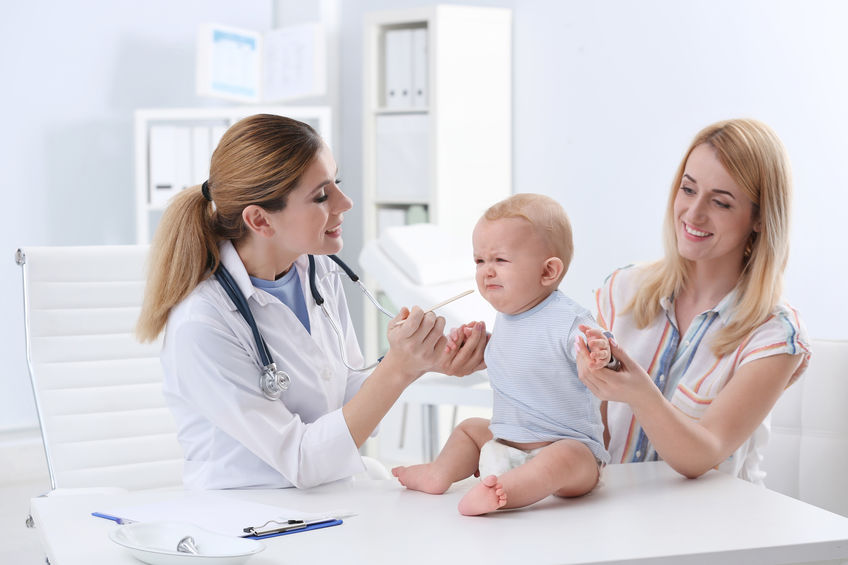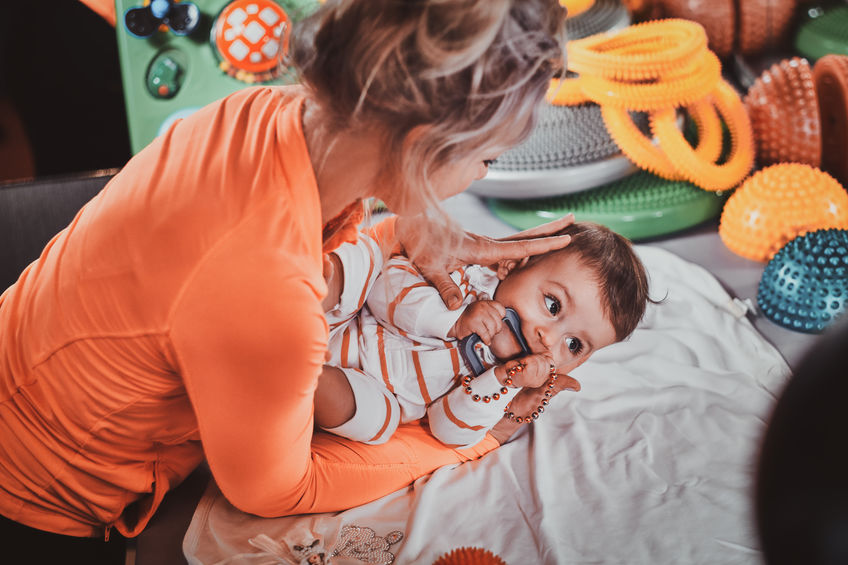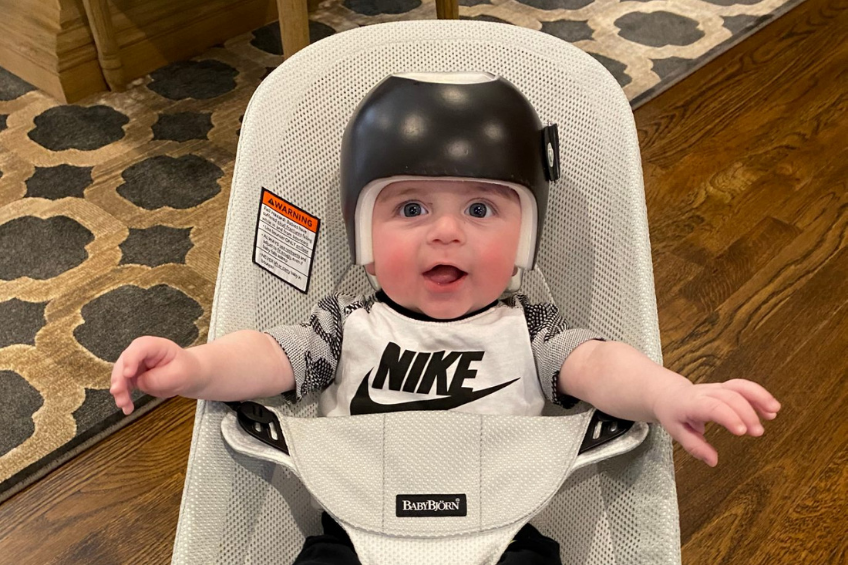Is My Child’s Plagiocephaly My Fault?
/
As a local orthotist, I try to always remember that although I may be excited about fitting patients with orthoses, my patients may not be looking forward to using an orthotic device. I try to be empathetic to this and learn the reasons people feel fear, nervousness, frustration, relief, happiness, etc. Learning these reasons helps me to adapt my approach for them to get the most from each visit. Early on in my career an appointment that I will go on to describe significantly changed my approach to cranial helmet appointments. I am so thankful for this experience and happy to be able to share it in a public forum in hope that it may provide relief to any readers that can relate.
This particular day, I began a new evaluation appointment with a set of twins. I felt that the mother and I quickly developed a good rapport. I began the appointment by talking through what she could expect at the appointment including an evaluation of the range of motion of their heads, a scan, review of the scan and final recommendation of treatment. The twins were great throughout the evaluations, their mom was laughing, smiling, and taking some cute photos of them during the scans. I reviewed the scan results with her, and she began to cry when I told her helmets would be recommended based on my evaluation of her twins. From my perspective, I thought I understood why she was upset. I explained that they would be able to sleep with the helmet on without an issue. I went on to explained that it may seem daunting having another thing added to her list when she already had so many things to do with two newborns, but that it would only be a few months of use and the helmets would only need to be removed once a day to be washed. No relief came to her face.

So, I explained that she could choose fun stickers, colors, or paint them to make it more fun. No relief yet. I talked about how the helmet works, that we do not put force on the baby’s head, simply contact points to direct growth. They would not feel any pain and if there was any concern, she could contact me at any time. Still, she continued to cry. So, I asked her if she could tell me what she was feeling. She said her in-laws were upset that they may need helmets.
Now I understood. I explained that the Back-to-Sleep campaign (now known as “safe to sleep campaign” was introduced in the early 1990’s by the National Institute of Child Health and Human Development (NCHID). This campaign was to encourage parents to have their infants sleep on their backs to prevent Sudden Infant Death Syndrome (SIDS). It has been found that this campaign has reduced the number of deaths by 50%. Due to the increased amount of time infants are on their back in comparison to before this campaign was launched, 1 in 5 infants has been diagnosed with some level of plagiocephaly or brachycephaly. I went on to explain that often I find that grandparents do not have experience with this campaign because their children were older when it was launched, and that I would be happy to speak with them to explain or answer questions if they thought it may help. She cried harder.

Then she said, “This was my fault. I did this to my babies. My in-laws were right.” Now I wanted to cry too! At that moment I realized that I should have articulated several things in the beginning of the appointment. I handed her a tissue and apologized for not clarifying a few things. I went on to tell her that there are many reasons that infants can develop plagiocephaly and is more common than she may have realized. I added that having her babies sleep on their back is important to prevent SIDS but another reason can be that there is not enough room in the uterus and is even more common in the case of multiple births. Depending on the position they were in, they may not have had much room to move around and this can cause the flattening. I reminded her that the condition is idiopathic which means that the condition arises spontaneously or for which the cause is unknown. Also adding that their level of severity was moderate and there is not a concern of it affecting them cognitively. Finally, she seemed to be relieved.
I feel it is important to add additional information regarding infantile head shape. If you have concern about the shape of your child’s head, seeking the expertise of your pediatrician is a critical first step. This is critical to ensure that your child does not have craniosynostosis. This is a condition that occurs when the bones of the skull close too soon and does not allow normal brain growth.

Surgery is required to treat this condition and they may need to wear a helmet following the surgery. This is a far less common condition affecting approximately 1 in every 2,500 babies in the United States.1 Although it is rare to occur, it is imperative to rule out. If your pediatrician is not concerned about the head shape but you would still feel more comfortable having objective measurements to confirm for your peace of mind, you can request a consultation with one of our Orthotists. We offer complimentary scans, and we will send this report to your pediatrician following a full explanation of our findings.
References
- Boulet SL, Rasmussen SA, Honein MA. A population-based study of craniosynostosis in metropolitan Atlanta, 1989-2003. Am J Med Genet Part A. 2008;146A:984–991.
- Rasmussen SA, Yazdy MM, Carmichael SL, Jamieson DJ, Canfield MA, Honein MA. Maternal thyroid disease as a risk factor for craniosynostosis. Obstet Gynecol. 2007;110:369-377.
- Reefhuis J, Honein MA, Schieve LA, Rasmussen SA, and the National Birth Defects Prevention Study. Use of clomiphene citrate and birth defects, National Birth Defects Prevention Study, 1997–2005. Hum Reprod. 2011;26:451–457.

Cranial Therapy Centers is the only early interventions cranial center in the United States which provides both helmet and manual therapy treatment. We are American Board for Certification in Orthotics, Prosthetics and Pedorthics Facility. Visit us in Lakewood NJ, at 1352 River Ave Unit 14, Lakewood NJ, 08701 or in Teaneck NJ at 1086 Teaneck Road Suite 3F, Teaneck, NJ 07666. You can also email us info@cranialtherapycenters.com
